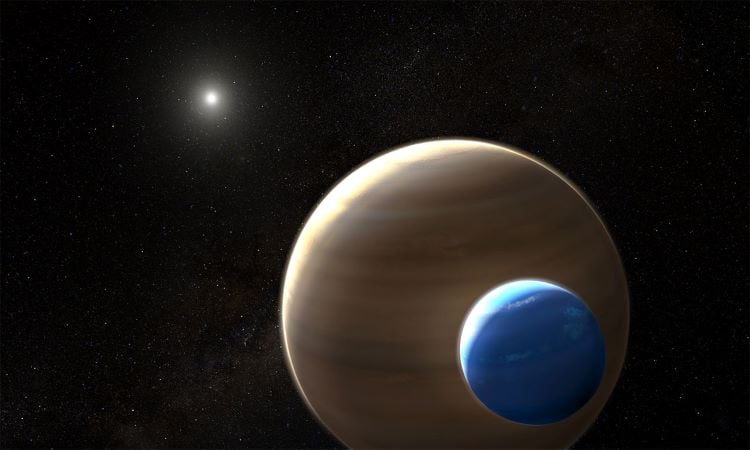
Astronomers measure the Universe's expansion rate and have found a discrepancy between the speed nearby versus the speed measured in the Cosmic Microwave Background. This is known as the Hubble Tension, and the search is on for anything that could explain it. One possible explanation is measurement error, which causes the Cepheid variables in galaxies to be too close together, obscuring results. New observations from JWST have removed this as an explanation.
Continue reading

Astronomers have found examples of giant galaxy clusters dozens of times larger than the Milky Way with all the raw materials for star formation, but they haven't gotten going yet. NASA's Chandra and other telescopes found regions of gas blazing in x-ray radiation between 3.4 and 9.9 billion light-years from Earth. The total mass of the gas outweighs all the stars typically found in hundreds of galaxies in galaxy clusters.
Continue reading




















